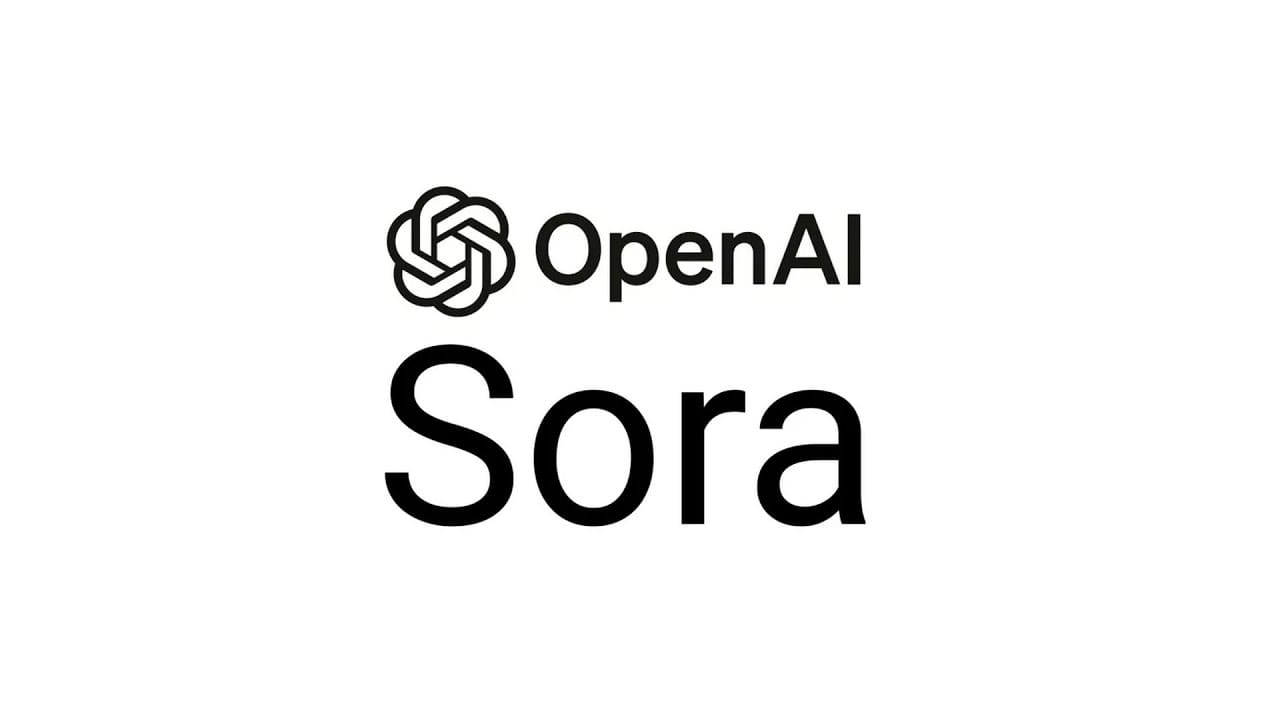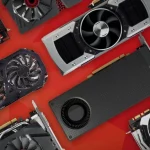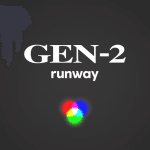Sora, the latest AI video generation model from OpenAI, is changing the way we think about digital content creation. In this full 2025 review, we explore Sora’s incredible capabilities, its real-world applications, and the potential future impact of AI-driven videos. Whether you’re a creator, a tech enthusiast, or an AI researcher, understanding Sora is essential to staying ahead in the rapidly evolving world of artificial intelligence.
What is Sora?
Sora is a groundbreaking AI model developed by OpenAI, officially introduced to the public in February 2024. Its primary focus is video generation from text prompts — a field previously dominated by image models like DALL-E, Midjourney, and Stable Diffusion, but relatively untouched for high-quality, long-duration videos.
Unlike static image generation, Sora tackles the extremely complex task of creating dynamic, coherent, realistic, or artistically styled videos that maintain consistency across space, time, physics, and motion. This is not just stitching frames together. It’s about understanding the 3D world, how objects interact, how light behaves, how people move naturally — and rendering it frame-by-frame without breaking immersion.
Think of it like a DALL-E for video, but far more sophisticated.
Core Capabilities
Sora can generate videos based on:
Text prompts: “A dog surfing a giant wave during sunset, cinematic style.”
Still images: Animating static inputs to bring them to life.
Video extension: Taking a short clip and making it longer while matching the style and action seamlessly.
Inpainting and outpainting in video: Filling missing parts in a video clip intelligently.
Simulated physical environments: Understanding how people, liquids, fabrics, and light move in 3D space over time.
The videos it generates can be up to 1 minute long (a massive leap compared to earlier models, which struggled with even a few coherent seconds) while maintaining high visual fidelity and logical movement.
The result? Videos that often look shockingly real or beautifully stylized, depending on the prompt.
How It Works
OpenAI has not released Sora’s full technical paper yet, but from the previews, interviews, and research statements, here’s what is known:
Transformer architecture: Like GPT models, Sora is based on transformer neural networks. However, it’s adapted to handle spatiotemporal data — 2D space over time — rather than just sequences of text.
Diffusion model approach: It likely uses a diffusion process, where it starts with random noise and denoises it step-by-step to generate a coherent video, similar to how DALL-E 3 or Stable Diffusion works for images.
Large multimodal training: Sora has been trained on massive datasets combining video, images, and potentially synthetic data. It’s capable of understanding not just visuals but underlying concepts of physics and cause-effect.
3D world modeling: OpenAI hints that Sora doesn’t just treat a video as flat frames but tries to build an internal 3D model of the world. This is crucial for realistic motion and perspective changes.
Temporal consistency: Past models could create good individual frames but failed when stitching them into coherent videos. Sora’s biggest strength is maintaining smooth, realistic motion across all frames.
Where Sora Shines
Incredible visual fidelity: Some Sora videos look almost indistinguishable from real footage. Lighting, reflections, and textures are rendered at a cinematic level.
Temporal coherence: Movements look natural. People walk normally. Water flows realistically. Dogs jump into puddles and splash the way you’d expect.
Creative storytelling: Given a detailed prompt, Sora doesn’t just recreate a scene; it can invent new elements and compose them artistically (e.g., camera zoom-ins, slow-motion effects, weather changes).
Flexibility: Whether you want a hyper-realistic video, an anime-style animation, or a surreal dreamscape, Sora can adapt its output based on the input style or prompt.
Understanding physics: Unlike older models where objects “float” weirdly or people’s limbs clip unnaturally, Sora has a stronger grasp of gravity, momentum, fluid dynamics, and solid object behavior.
Current Limitations
Even with its remarkable capabilities, Sora is not perfect:
Hallucinations: Like GPT sometimes “makes up” facts, Sora sometimes invents nonsensical details. In videos, this can mean people growing extra fingers mid-motion, faces warping strangely, or background objects changing illogically.
Complex interaction errors: Scenes involving intricate physical interactions (like two people fighting, or a cat tangling with a yarn ball) can still look awkward or broken.
Fine details over time: Faces, hands, and small objects sometimes degrade during long videos. Tiny features may morph oddly if closely inspected.
Limited control: While the text prompts offer guidance, precise frame-by-frame directing (like a real filmmaker would want) isn’t fully possible yet.
Bias and safety: Since it’s trained on internet-scale data, there’s the potential for Sora to unintentionally reflect biases, stereotypes, or inappropriate content unless carefully filtered.
High compute costs: Generating these videos requires massive computational resources. It’s currently only available to select researchers, artists, and safety evaluators.
Practical Applications
Even with limitations, the possible uses are enormous:
Entertainment: Movie pre-visualization, indie animation, conceptual trailers, video games cutscenes.
Education: Visualizing scientific processes, historical recreations, artistic interpretations of concepts.
Marketing: Fast, cheap ad prototypes based on textual ideas.
Social media: Enabling creators to generate memes, short films, and music videos easily.
Virtual reality: Helping create VR worlds by generating environments quickly.
However, OpenAI has emphasized responsible deployment. As of early 2025, Sora is not publicly available for general use. It’s being tested and evaluated extensively before wider release.
Critical Review: Strengths and Weaknesses
| Category | Strengths | Weaknesses |
|---|---|---|
| Visual Quality | Stunningly realistic for many prompts. | Degrades on complex micro-details. |
| Motion Consistency | Smooth and logical. | Rare glitches in complex or chaotic scenes. |
| Creativity | Highly inventive interpretations. | Hard to finely control the output without trial and error. |
| Accessibility | Easy to use for testers (prompt-based). | Not public; limited access and compute-heavy. |
| Ethical Safeguards | OpenAI is proactive in safety research. | Bias and misuse risks remain a concern. |
| General Stability | Better than anything before it. | Long videos still show occasional “AI weirdness.” |
Overall Verdict
Sora is the most impressive AI video generator ever created to date.
It represents a quantum leap beyond anything previously possible with synthetic video.
That said, it’s still a research model. It’s not ready to replace human filmmakers, animators, or video game designers. It’s better thought of as an augmented creativity tool right now — something that will assist humans, not replace them.
In a few years, when models like Sora mature, the entire content creation industry could be revolutionized. The ability for a teenager with a laptop to produce “Pixar-level” short films with just words is getting closer.



